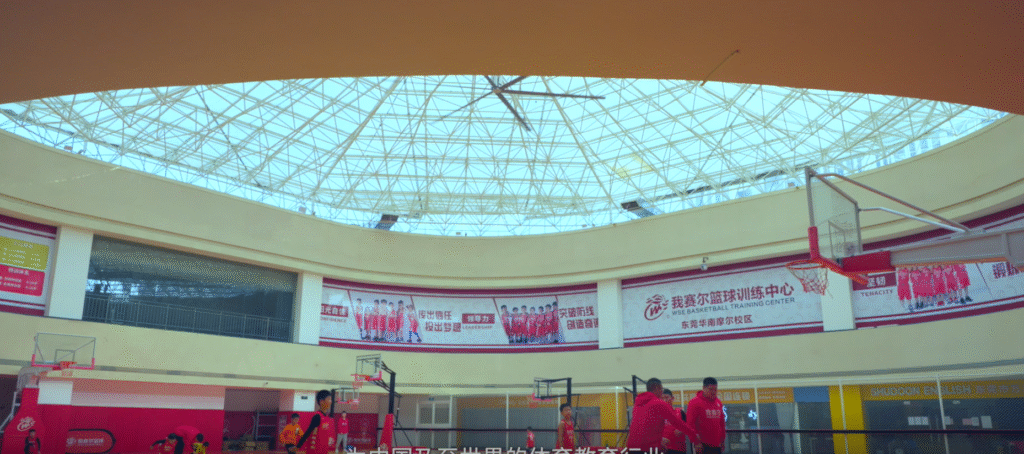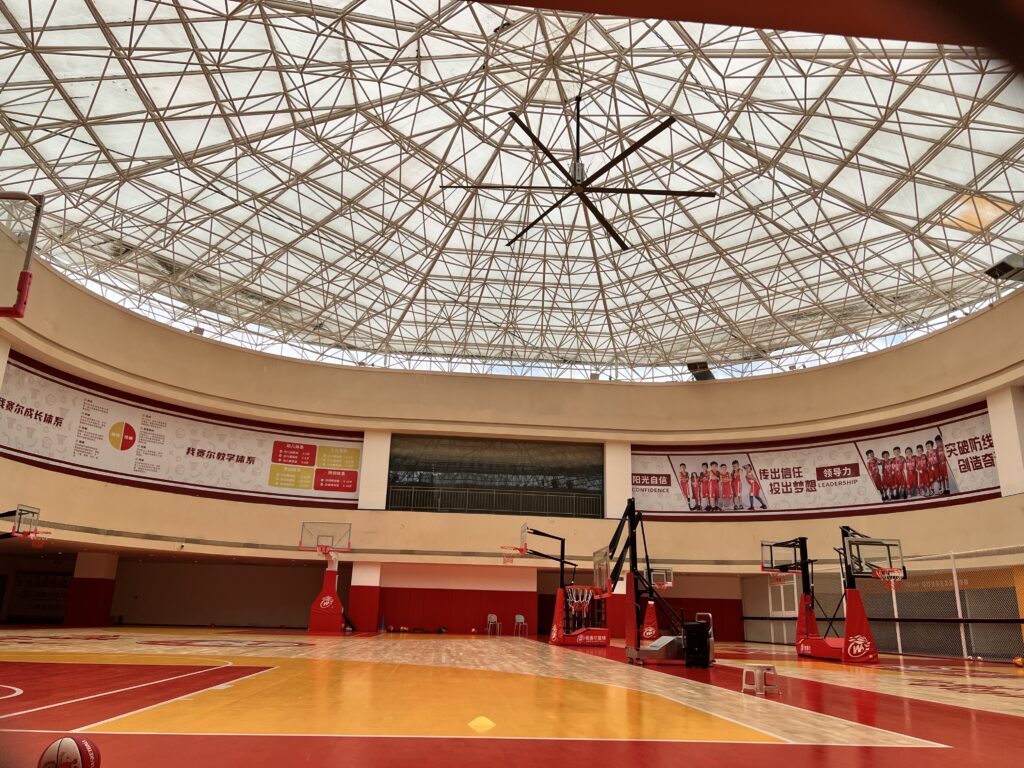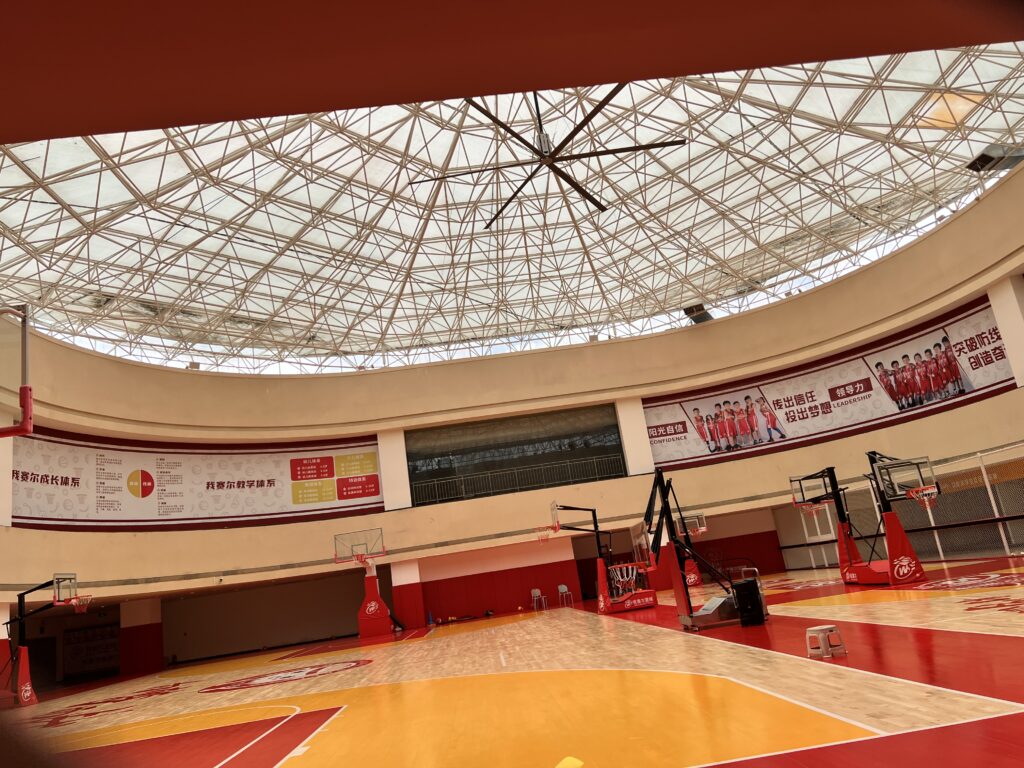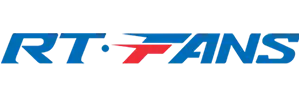Introduction: Cooling Options in Modern Gyms
The biggest problem faced by the owners is the hot stuffy gyms, especially during the busiest times in which heat, sweat and odors accumulate in the gym. The insufficient cooling affects the performance of the workout, health risks, and deters members. They are dominated by two economical alternatives namely traditional fans and evaporative coolers. Although both are effective to improve airflow in gyms, the difference among them lies in comfort, cost and effectiveness. This paper is an article on fans vs evaporative coolers gym and is aimed at assisting owners in selecting the most appropriate cooling system in gyms, depending on their size, climatic condition, and the budget.
Fans are cheap and portable yet they do not reduce the temperature whilst the evaporative coolers cool and fresher the air actively and thus provides the gym with cooling at a low cost and long term savings. We can begin to unscramble the advantages, disadvantages, and applications to get the correct option.
Why Cooling Matters for Gym Performance
The success of a gym depends on good cooling. As scientists in sports science note, higher temperatures of over 30 op c (86 F) may decrease exercise performance by 10-15 percent and dehydration risks. The use of equipment and bodies contributes to heat, making the problem even worse in gyms with many people:
- Less Endurance: Excessive heat effects cardiovascular systems, reducing workouts.
- Poor Air Quality: Stagnation of air means trapping of odors and reducing oxygen levels, which affects comfort.
- Member Retention: Unfriendly surroundings will not attract a second visit, which will negatively impact income.
The proper decision on cooling system not only allows safety but also better experience and loyalty of the members, and it is necessary to make knowledgeable choices on gym cooling fans comparison.

Traditional Fans: Pros and Cons for Gyms
Fans do this by passing the air to generate a breeze and this is cool to the skin but does not bring down the room temperature. They are an easy option when it comes to gyms:
- Pros:
- Low Cost: Simple fans range between 50 and 200 dollars, the industrial ones reaching 500 dollars.
- Simple to install: Plug and play, easily portable to do spot cooling.
- Low energy use- 50-100W, which is costly by 50-100W by 50-100/year at 0.15/kWh.
- Cons:
- No Temperature lowering: Fans circulate hot air, providing insignificant relief in severe heat.
- Inequalities in the airflow: High speed fans cause localized drafts, areas are stuffy.
- Noise: When these settings are set high, it may interfere with conversations or classes.
Fans can be utilized in small gyms or cardio corners where spot cooling will be adequate but can fail to meet the large areas that require extensive cooling.
Evaporative Coolers: How They Work and Why They Fit Gyms
Evaporative coolers involve active cooling of air by evaporation of water. The warm air then passes through water-wet pads that cool the air by 15 to 25F and a fan circulates cool air. Benefits for gyms include:
- Active Cooling: Drives down the temperature of the room, as opposed to fans, making the room a more comfortable place to be.
- Fresh Air Supply: Keeps on supplying fresh air that is rich in oxygen, which helps to dampen the smell and mustiness.
- Balanced Humidity: Introduces a little moisture in dry conditions, so that the air does not become excessively dry.
- Eco-Friendly: Consumes 7080 percent of AC, as per data of U.S. Department of Energy.
Medium and large gyms should have evaporative coolers, which are best used in the dry climate and provide the advantages of evaporative coolers to fitness centers such as increased comfort and quality of the air.

Airflow Differences Between Fans and Coolers
Fans:
- Provide directional airflow of high speed, which creates a cooling effect to people around it.
- Best when spot cooling (e.g. around treadmills or weight racks).
- Only able to circulate the air that already exists and it might be hot or stale.
Evaporative Coolers:
- Gentle airflow of high volume cooling whole gym areas.
- Add new and clean air, enhancing oxygen and sweats smells.
- Provide a uniform, user-friendly atmosphere to group classes or open work out spaces.
Another illustration is a 3,000-square-foot fitness area where fans can be utilized to appear in several units or a 6,000 CFM evaporative cooler which can cool the entire area evenly, proving to be the best option in the airflow in gyms.
Cost and Energy Use Comparison
- Fans:
- Initial Fees: $50 to 500 per unit, more than one unit might be required (1, 000-2,000 in a gym of medium size).
- Energy Consumption: 50-100W/ fan, which is $5-10/month/unit at $0.15/kWh.
- Limit: More than one fan will not reduce costs proportionately to the cooling effect.
- Evaporative Coolers:
- Initial Investment: between 2 and 5000 dollars on a medium-sized gym system.
- Energy Consumption: 300500W, and costs between 30-50 dollars/month in a 3000-square-foot gym, which is 10 times the size of a single fan.
- Savings: 70 percent or 80 percent less energy than AC, and annual costs of 400-600 versus 2,500-4,000 in the case of AC.
Case Study: One evaporative cooler was installed in a 2,500-square-foot Arizona gym that previously used 10 industrial fans, which saved 25 percent of monthly energy costs (100150), and made members feel more comfortable.
Comfort and Member Experience
Comfort has a direct influence on satisfaction and retention of members:
- Fans:
- Relies on cooling small areas but is unable to cool large areas uniformly.
- Fast speed environments are noisy and interfere with a group lesson or discussion.
- Low quality improvement to the air since they do not filter or refresh air.
- Evaporative Coolers:
- Provide uniform, noisy-free cooling in wide zones, which is perfect in a group fitness or a weight room.
- Enhance the quality of the air by injecting clean air and decreasing the smell in the gyms.
- Increase the duration of workouts by keeping temperatures down according to ASHRAE.
The California chain of fitness gyms claimed that the dwell time of its members increased by 15 percent when evaporative coolers were installed, since the members now enjoyed a true breath of relief and coolness during workouts.

Maintenance and Hygiene Factors
- Fans:
- Minimum Maintenance: Dust blades and check motors annual; less than $50/year.
- Hygiene Concern: Spread dust and smog without enhancing the quality of the air.
- Evaporative Coolers:
- Moderate Maintenance Clean water tanks and pads replaced every 6-12 months; costs $100-200/year.
- Hygiene Advantage: Screen entering air and limit odorless air, which is vital in sweaty gyms.
Evaporative coolers assist in a greener, healthier gym which is expected to be hygienic and comfortable by the members.
Fans vs. Evaporative Coolers: Side-by-Side Comparison Table
| Feature | Fans | Evaporative Coolers |
| Cooling Effect | Circulates air only | Lowers temp (3–10°C) |
| Coverage Area | Small, localized | Large gym spaces |
| Noise Level | High at max speed | Lower, steady operation |
| Energy Use | Very Low (50–100W/unit) | Low (300–500W, 70–80% less than AC) |
| Comfort Level | Limited, uneven | High, consistent airflow |
| Air Quality | No improvement | Fresh, filtered air |
| Best Use Case | Small gyms, spot cooling | Full gym, group classes, weight areas |
This comparative study shows that evaporative coolers will have better cooling and air quality features than gym cooling fans.
Recommendations for Different Gym Types
- Small Studios (less than 1,000 sq ft): Spot cooling can be provided using fans with limited budgets or small cardio spaces.
- Medium to Large Gyms (1,500-5,000 sq ft): Evaporative coolers are all-inclusive, which are suitable particularly in group classes or open weight rooms.
- Hybrid Solution: Make use of fans to cool specific areas (e.g. equipment proximity), and evap coolers to cool the entire gym.
Pro Tip: To achieve the best possible results, it is worthwhile to consult an expert in cooling such as KoolAir in order to size evaporative coolers (CFM) according to the layout of your gym and climate.
Conclusion: Choosing the Best Cooling System
In the comparative analysis of the fans vs evaporative coolers gym, fans provide inexpensive and easy cooler to small areas but cannot be effective in cooling large gyms or purifying the air. The most recommendable cooling system to use in gyms when it comes to the cost-effective cooling of gyms is evaporative coolers due to their capacity to decrease temperatures, increase air flow and energy-saving features. They provide healthier and more comfortable environments that increase the satisfaction and retention of members.
Install the evaporative cooler advantages in gym cooling in the fitness centers. Get in touch with KoolAir, the professionals in energy efficient cooling to make your gym cooler and friendlier.
